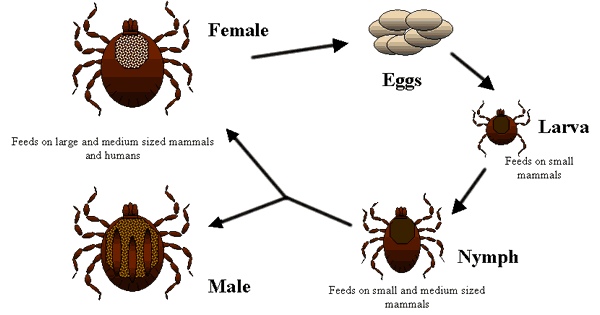Lyme disease, it’s nasty. Heres how to properly extract a tick to minimise you chances of catching this horrible illness
Glamping or hitting festivals this summer? Make sure your fun time dosent come with a high price.
How to remove a tick
If you find a tick on your skin or your child’s skin, remove it straight away to avoid getting Lyme disease.
Use fine tweezers as close to the skin as possible, and pull steadily straight up and away from the skin until all parts are removed. Remember to gently grip it’s head not body as the two can easily separate leaving the mouth parts imbeded in the skin – not good.
After the tick has been removed, wash your hands with soap and water. Clean the tick bite site with soap and water or bathe in an antiseptic such as iodine.
Lyme disease symptoms
Most tick bites will heal within a few weeks but see your GP if you develop a rash or high temperature of 38C (100.4F) or above. Symptoms of Lyme disease closely resemble the flu so you may need antibiotics.
What is Lyme disease?
Lyme disease is a bacterial infection that causes a rash. The disease itself is debilitating, though rarely fatal, infection that is often misdiagnosed because early. If untreated by antibiotics, patients can develop health problems, including facial paralysis, heart palpitations, arthritis, severe headaches, and neurological disorders.
How to prevent Lyme disease
Be aware of ticks and the areas where they usually live which is wherever their favorite hosts, deer, cattle and rodents are. Ticks are about as big as a sesame seed and have reddish hind bodies. Males are slightly smaller than females and are dark brown.
Wear appropriate clothing in tick areas such as a long-sleeve shirt and trousers tucked into your socks
Wear light-coloured clothes that may help you see any tick on you
Use insect repellents
Check your skin for ticks, especially at the end of the day
Make sure ticks are not brought home on your clothes or pets
 Further Tick information
Further Tick information
Ticks are arachnids they live for around two years and go through four life phases: egg, larva, nymph, and adult. They feed exclusively on animal blood and eat only three times during their lives: once to molt from larva to nymph; once from nymph to adult; and once as adults to lay eggs.
How ticks get Lyme disease
Ticks get the bacteria that causes Lyme disease from an infected host at any of these feedings, but transmit it only during the second or third. They must remain attached for at least 24 hours for the bacteria to transmit.
Larvae are tiny, and feed only on birds or mice. Nymphs are about as big as a poppy seed, but, like adults, will seek larger hosts, including deer, dogs, and humans. Adult females mate on or off a host then feed for several days, swelling to twice their normal size. Once bloated with blood, they drop off, lay their eggs then die.


